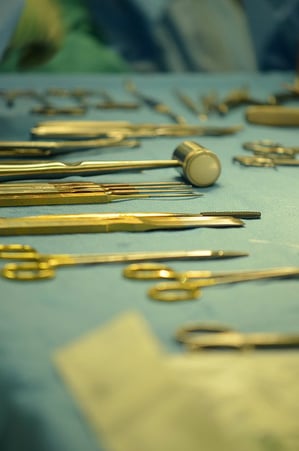How to Use Flow Assessment to Develop Surgical Expertise
 Anastomotic patency is key to successful surgery. Mastery in sewing an error-free anastomosis is a basic requirement for all surgeons. In the last decade, numerous surgical training workshops have relied on on-the-spot quantitative blood flow measurements with Transonic transit-time ultrasound flowprobes to verify the patency of a newly sewn anastomosis and/or test the surgical proficiency of a workshop participant.
Anastomotic patency is key to successful surgery. Mastery in sewing an error-free anastomosis is a basic requirement for all surgeons. In the last decade, numerous surgical training workshops have relied on on-the-spot quantitative blood flow measurements with Transonic transit-time ultrasound flowprobes to verify the patency of a newly sewn anastomosis and/or test the surgical proficiency of a workshop participant.
By measuring volume flow with a transit-time ultrasound flowprobe, workshop students, whether they are surgical residents learning the skill for the first time, or fellows or surgeons perfecting their sewing skills, can tell immediately if the anastomosis exhibits technical error. The trainer/director also has an opportunity to assess the progress of students during the course of the workshop. One workshop director advises having a student measure flow through an anastomosis at the beginning of a workshop, halfway through the course and at the end of the workshop to demonstrate mastery of the skill.
This ability to correct otherwise undetectable flow restrictions, on the spot, after sewing vessels together or constructing bypass grafts is also invaluable in the operating room where measuring blood flow assures the surgeon that vessels are patent and adequate flow is restored through the anastomosis. Flow assessment can:
- Verify vessel patency
- Reduce bring-backs
- Improve patient outcomes
To Measure Is to Know!




